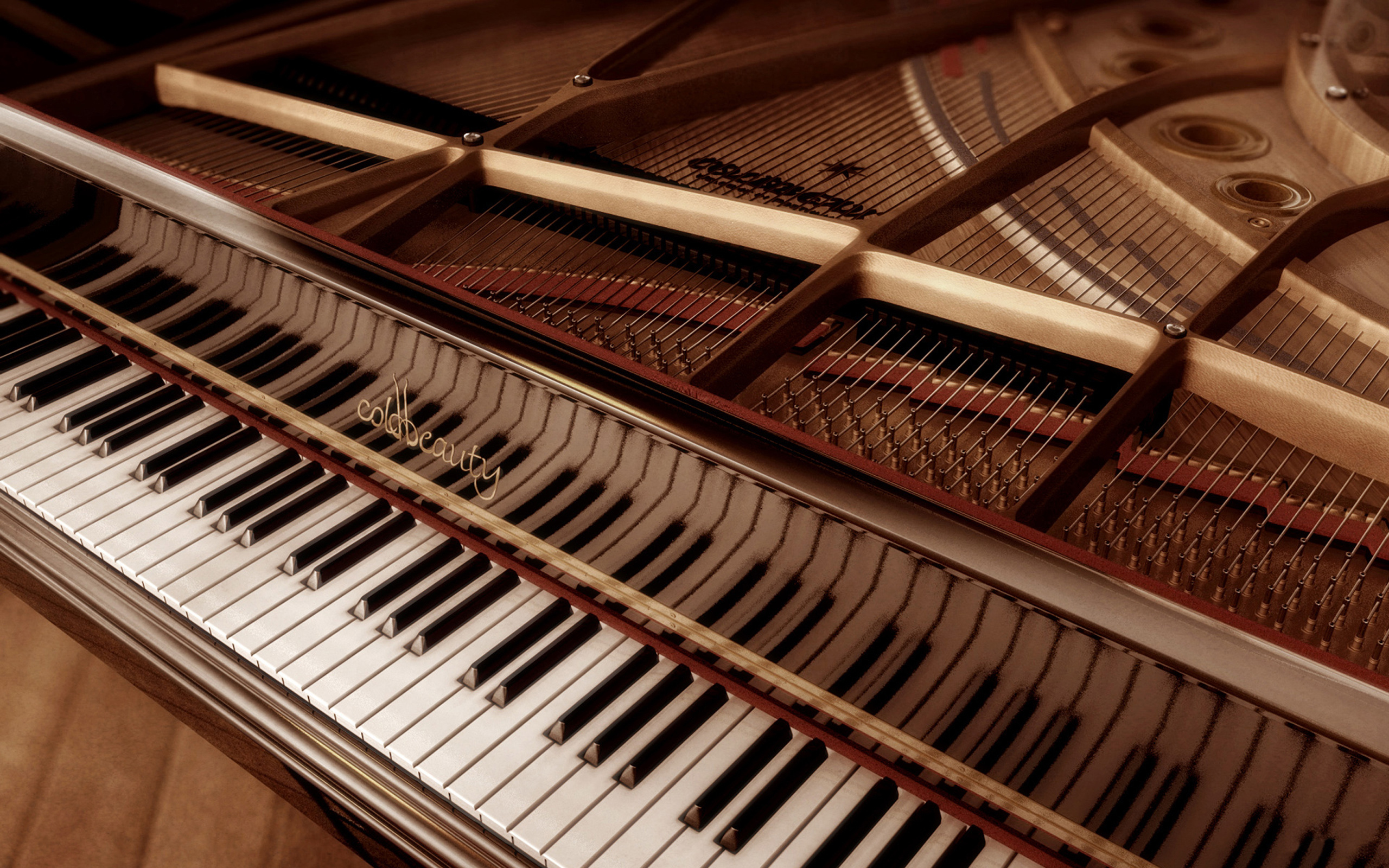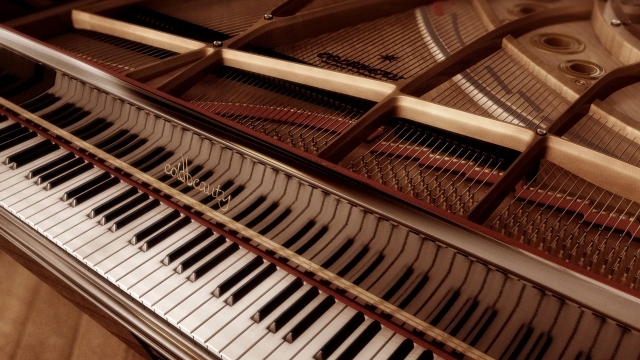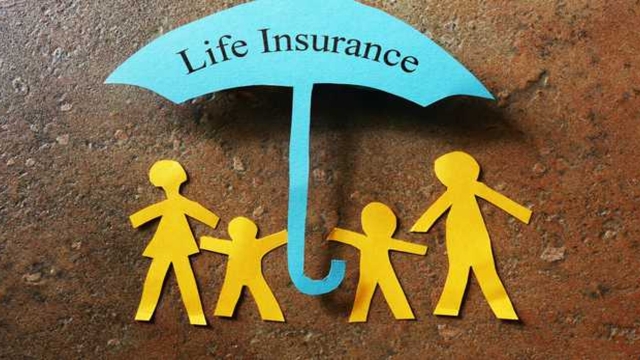Learning to play the piano is an enriching and rewarding journey that opens doors to a world of musical possibilities. Whether you’re a beginner with a desire to master this majestic instrument or an experienced pianist looking to further refine your skills, the path to piano mastery is paved with dedication, practice, and a thirst for knowledge.
In today’s digital age, technological advancements have revolutionized the way we learn, and piano education is no exception. The emergence of mixed reality, an innovative blend of virtual and augmented reality, has taken piano learning to new heights. With the aid of mixed reality pianos, aspiring musicians can now embark on a captivating adventure that combines the traditional charm of the piano with cutting-edge technology.
By immersing ourselves in the world of mixed reality pianos, we can unlock a multitude of benefits in our piano learning journey. These state-of-the-art instruments provide a unique and interactive learning experience, allowing us to visualize and interact with music in ways we never thought possible. The fusion of virtual elements with the physical keyboard creates a multi-dimensional space where we can experiment, refine our techniques, and explore different musical genres at our own pace.
Whether you’re a fan of classical compositions or prefer contemporary melodies, mixed reality pianos empower you to dive deep into the music you love. With the ability to access a vast library of songs, tutorials, and personalized lessons, this immersive technology caters to learners of all levels. From beginners taking their first steps to seasoned pianists seeking to expand their repertoire, the mixed reality piano offers an adaptable and inclusive platform for musical growth.
In the following paragraphs, we will delve into the various aspects of piano learning with mixed reality, exploring the unparalleled advantages it bring to learners, as well as practical tips for incorporating this technology into your practice routine. So, grab a seat at your virtual grand piano and get ready to unlock your journey to piano mastery like never before.
Mastering the Basics
Learning to play the piano can be a fulfilling and rewarding journey. Whether you are a complete beginner or have some musical background, mastering the basics is a crucial step towards piano mastery. In this section, we will explore key aspects of piano learning and how they lay the foundation for your progress.
-
Building Finger Dexterity: Developing finger dexterity is essential in piano playing. By practicing finger exercises and scales, you can strengthen your fingers and improve coordination between them. This will enable you to play different notes and chords with ease, setting the groundwork for more complex pieces.
-
Understanding Musical Notation: To master the basics of piano, familiarize yourself with musical notation. Learning to read sheet music will allow you to understand the arrangement of notes and rhythms. Start by focusing on the treble and bass clefs, and gradually expand your knowledge to include key signatures and time signatures.
-
Developing a Strong Foundation of Technique: Technique is crucial in piano playing. This involves proper hand and finger placement, posture, and pedal usage. Practice correct hand positioning to ensure efficiency and accuracy when playing. Additionally, experiment with different touches and articulations to add expression to your music.
By dedicating time and effort to mastering these fundamental aspects, you will build the necessary skills to progress in your piano journey. Remember, patience and perseverance are key, so don’t be discouraged if progress seems slow at first. In the next section, we will explore an innovative approach to piano learning using mixed reality technology.
Exploring Mixed Reality Technology
Mixed reality technology has revolutionized the way we learn and engage with various fields, including piano learning. With the introduction of mixed reality piano platforms, aspiring pianists now have the opportunity to enhance their skills in a whole new interactive way.
In mixed reality piano, users are able to seamlessly blend the digital and physical worlds. By wearing a mixed reality headset, learners can see virtual piano keys projected onto a physical piano, enabling them to experience the sensation of playing while receiving real-time visual feedback.
One of the main advantages of mixed reality technology in piano learning is the immersive experience it offers. Learners can feel as though they are performing on a grand concert stage or surrounded by a prestigious orchestra. This level of immersion not only enhances motivation but also helps to simulate real-life performance scenarios, preparing pianists for live concerts or competitions.
Moreover, mixed reality piano platforms often provide interactive tutorials and lessons to guide learners at their own pace. These platforms can detect the user’s hand movements and provide real-time feedback, allowing for precise finger placement and technique improvement. The combination of visual cues and audio assistance creates a dynamic and personalized learning experience, tailored to each individual’s skill level.
In summary, mixed reality technology adds a new dimension to piano learning, offering an immersive and interactive approach. Through virtual piano keys projected onto physical instruments, learners can refine their skills, receive accurate feedback, and prepare for real-life performances. With the power of mixed reality, unlocking your journey to piano mastery becomes an extraordinary adventure.
Accelerating Your Piano Journey
- Utilize Mixed Reality for Enhanced Learning
When embarking on your piano learning journey, taking advantage of cutting-edge technology can greatly accelerate your progress. One revolutionary tool that has gained popularity in recent years is mixed reality piano learning. By combining virtual reality and real-life piano practice, mixed reality provides an immersive and interactive experience like no other. Through this innovative approach, you can visualize musical concepts in a three-dimensional space, thereby enhancing your understanding and retention of piano techniques and theory.

- Benefit from Instant Feedback and Customized Guidance
Traditional methods of learning the piano often lack immediate feedback, leaving learners unsure of their progress and how to improve. However, with mixed reality piano learning, you can receive instant feedback on your performance. Using advanced sensors and algorithms, this technology analyzes your finger positions, timing, and overall technique, offering real-time evaluations. Furthermore, it provides customized guidance tailored to your skill level, allowing you to address specific areas of improvement and fast-track your piano mastery.
- Expand Your Repertoire with Interactive Challenges
Mastering the piano involves not only technical proficiency but also a diverse repertoire of music. Mixed reality piano learning offers a wide array of interactive challenges and song selections, ranging from classical masterpieces to contemporary hits. As you progress through these interactive challenges, you will encounter various levels of difficulty, ensuring continuous growth and maintaining your motivation. With mixed reality, you can engage in a dynamic and enjoyable learning experience, expanding your repertoire and unlocking the true potential within you.
In conclusion, incorporating mixed reality into your piano learning journey can significantly accelerate your progress. By utilizing this groundbreaking technology, you can benefit from enhanced visualization, instant feedback, customized guidance, and a diverse range of interactive challenges. Embrace the power of mixed reality and unlock your true potential on the piano!


